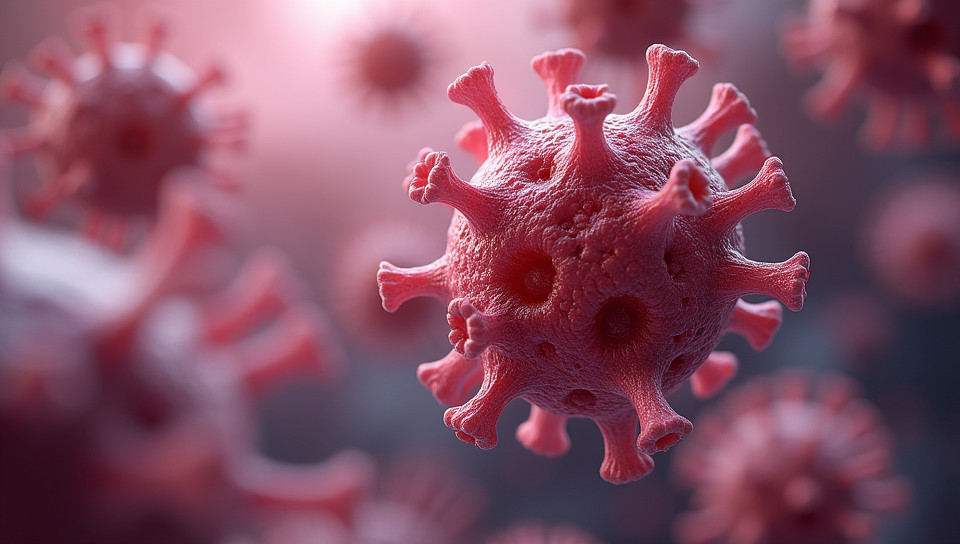Immune rejection of engineered tissues is a concern 76%

The Unseen Enemy: Why Immune Rejection of Engineered Tissues is a Growing Concern
As we continue to push the boundaries of regenerative medicine, one major obstacle stands in our way: immune rejection. The idea of growing replacement tissues and organs in the lab has long been touted as a potential solution to the global shortage of transplantable organs. However, the reality of engineered tissue transplantation is far more complex than initially thought.
What is Immune Rejection?
Immune rejection occurs when the body's immune system identifies an engineered tissue or organ as foreign and launches an attack against it. This can lead to a range of complications, from mild inflammation to complete failure of the transplanted tissue. The risk of immune rejection is a major concern for scientists working on regenerative medicine projects.
Why Does Immune Rejection Happen?
There are several reasons why engineered tissues may be rejected by the immune system:
- Inadequate matching between donor and recipient
- Presence of immunogenic cells or molecules in the engineered tissue
- Insufficient or ineffective immunosuppressive treatment
- Poorly designed or constructed engineered tissue
Strategies to Overcome Immune Rejection
While immune rejection is a significant challenge, researchers are working tirelessly to develop strategies to overcome it. Some potential solutions include:
- Improved matching between donor and recipient through advanced genotyping techniques
- Development of immunosuppressive therapies that target specific aspects of the immune response
- Designing engineered tissues with reduced or eliminated immunogenic properties
The Future of Regenerative Medicine
Despite the challenges posed by immune rejection, regenerative medicine holds immense promise for treating a wide range of diseases and injuries. By continuing to develop innovative solutions to this problem, we can move closer to making engineered tissue transplantation a reality.
Conclusion
Immune rejection is a pressing concern in the field of regenerative medicine. However, with continued research and development, we can overcome this hurdle and unlock the full potential of engineered tissues. By working together, scientists, clinicians, and policymakers can ensure that the benefits of regenerative medicine are accessible to all who need them.
- Created by: Yǔxuān Luó
- Created at: Feb. 4, 2025, 6 p.m.
- ID: 20100









